“If you build it, they will come."
Most of their activity happens at night, but you can see what they’ve been up to by day. Beavers often build dams to pool deeper water for lodges where food can be stored and young can be reared. These have underwater entrances providing safety for predators like coyotes. Beaver crossings provide a community for a variety of wildlife to travel, rest, and feed. A great blue heron finds a place to fish or a coyote with an injured leg finds support for crossing a stream.
See who shows up when beavers build a dam through trail cam footage.
Designed for Building
North America’s largest rodent and possibly hardest worker has special features designed for building and life in and out of water.
- Those paddle-shaped tails help with balance, swimming, and temperature control. They can slap the water to signal danger or startle a predator.
- A mouth full of molar and front incisors helps for chewing and cutting down trees. Lips that close behind the front teeth and a mouth flap aid beavers in moving materials through water. They’ve been called “mini submarines” for their ability to stay submerged for 15 minutes.
- Webbed hind feet and front feet like hands aid in transporting logs, branches, and plants. Special nerves in their feet can sense vibrations from approaching predators.
- Three eyelids protect beavers’ eyes from sharp objects like twigs.
Although clunkier on land then water, many of these features do help on land, especially with balance.
Lifestyle
Beavers mate for life and are fiercely loyal to their families. Family groups called colonies include adult parents, yearlings, and kits. They breed in January or February and have a single litter in April, May, or June. Kits are weaned in six weeks and stay with the family for two years. Food is stored in the lodge. The best time to see beavers by day is during food gathering in the fall or during heavy construction periods.
Ecosystem Engineers
Beavers alter the landscape in ways that can be deemed good or bad based on perspective.
- Their structures create communities where several species of wildlife can thrive.
- Landowners face tree damage and loss, pond clogging, and local communities endure flooding. On a positive note, beavers tend to use trees with lower commercial value.
- Beaver dams help in flood control as well as water quality, erosion, and fire damage. After the western fires, it was noted that beaver dams helped control the ash by filtering water that enabled fish below to survive. Scientists are looking at artificial ways to mimic these structures in fire threatened ecosystems.
- In Missouri, beaver dams can disrupt spawning sites, but also provide pools for many fish and a catch for an angler. Beaver dams also help improve fen and grassland habitats.
Get help for beaver control.
Discover more about beavers in our Field Guide.
Beaver Rebound
Beavers were harvested for their fur as well as meat and oil. By 1900, only a few beaver colonies were in Missouri, but thanks to constant conservation efforts through the early to mid-twentieth century, beavers are back in Missouri waters around the state.
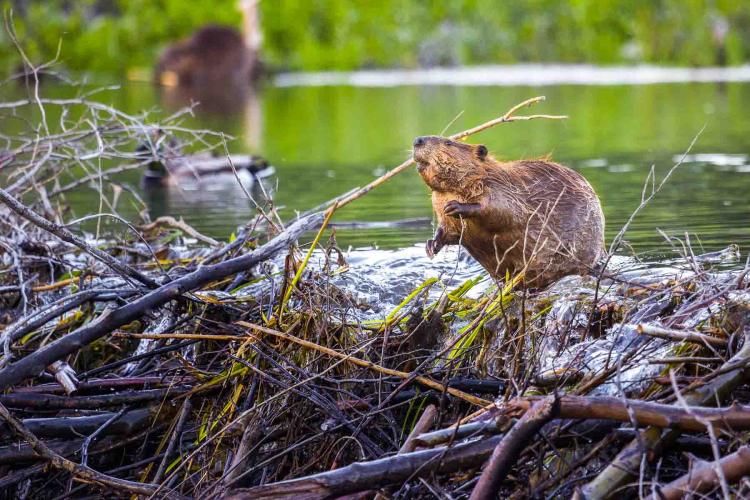
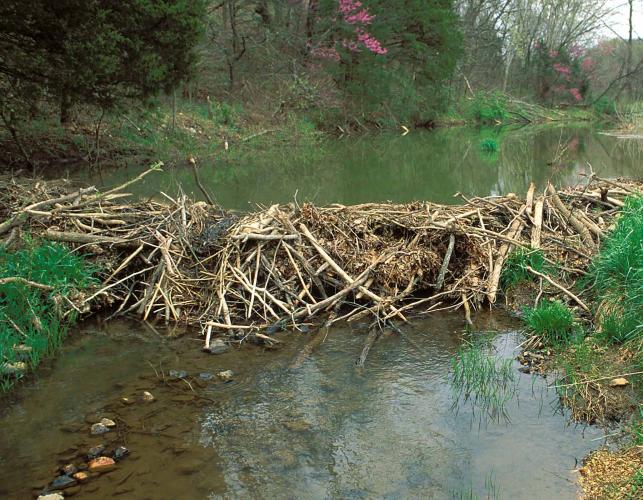
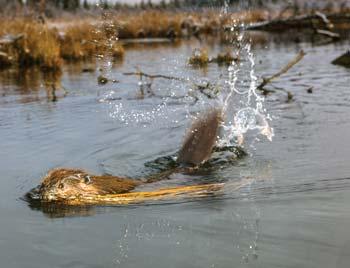
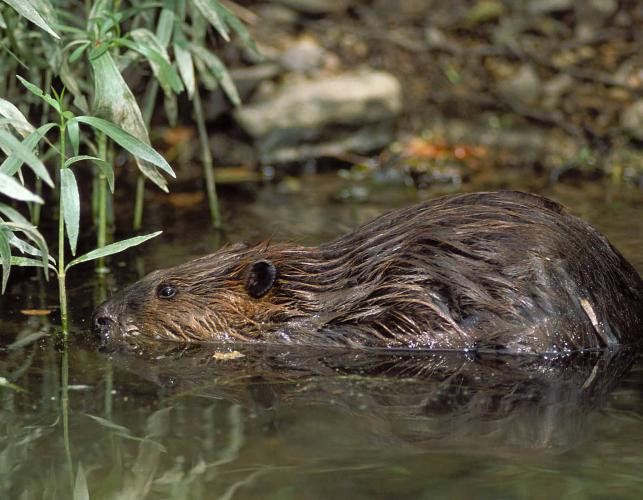
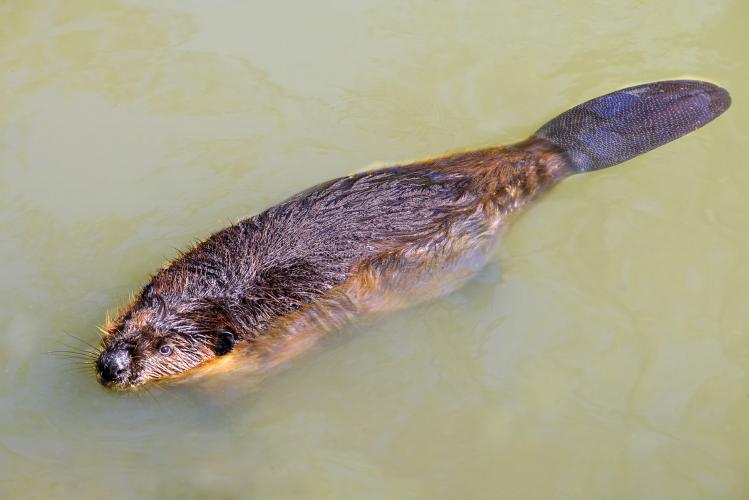
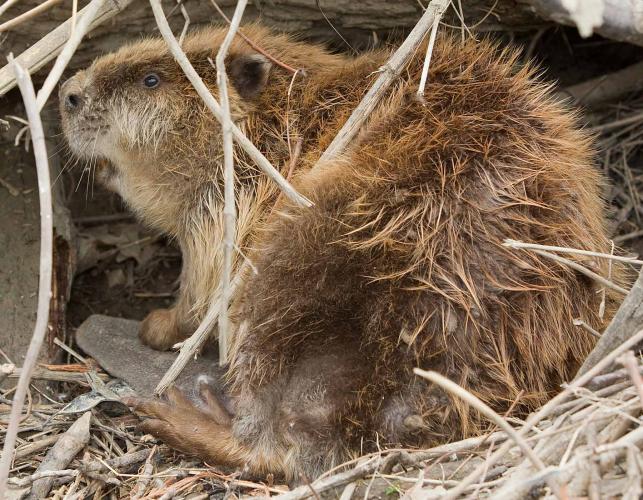
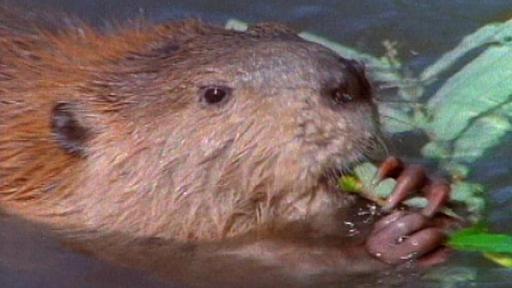
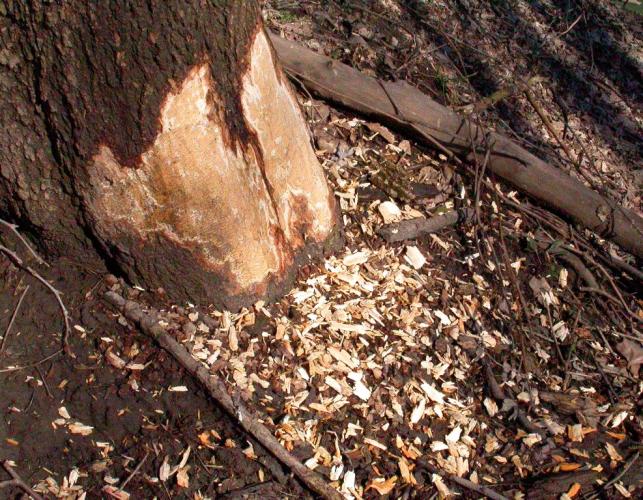
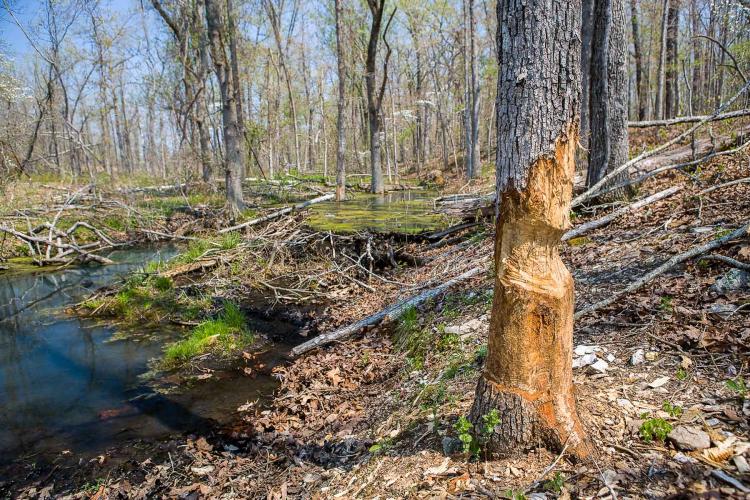
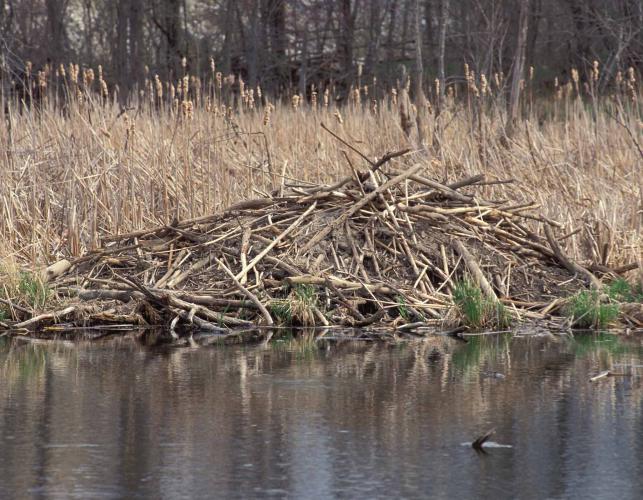
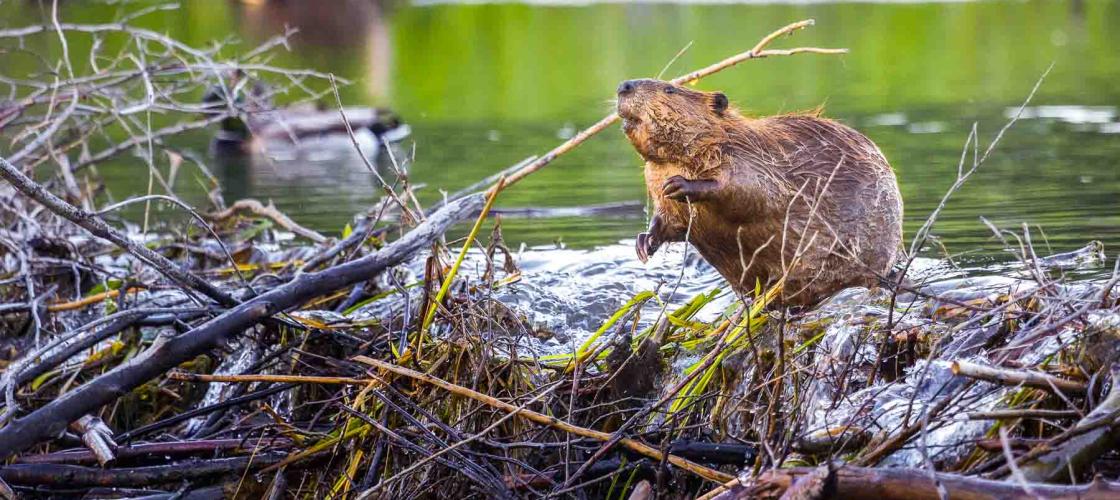
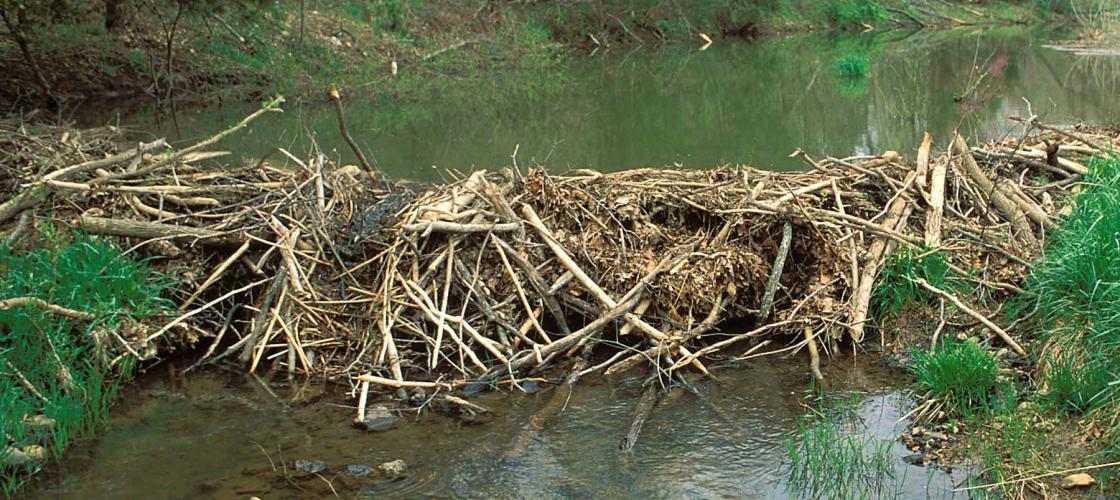
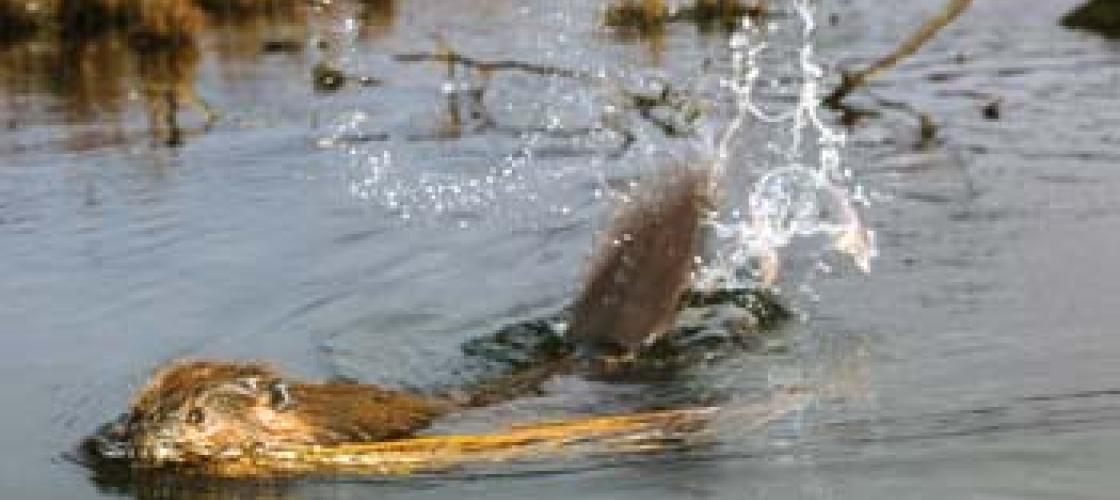
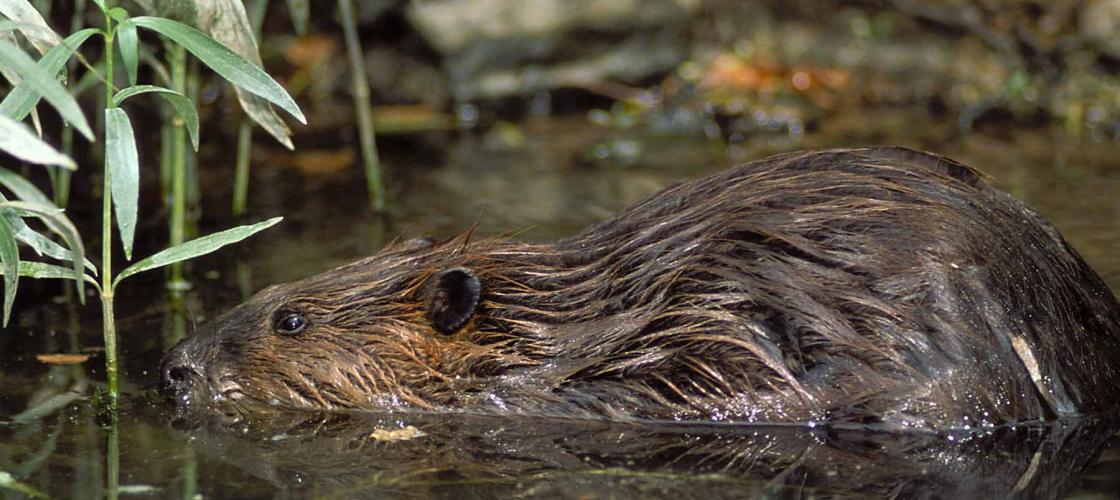
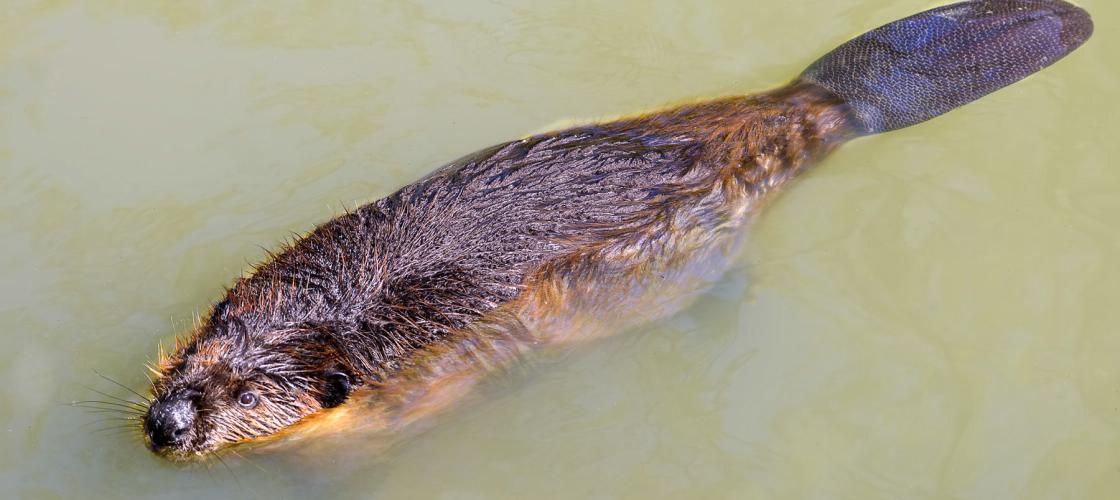
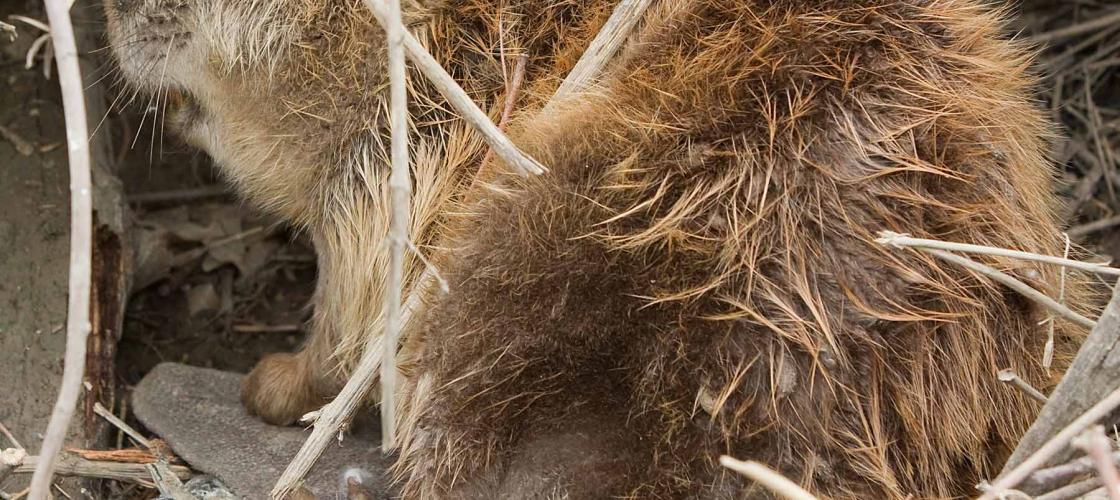
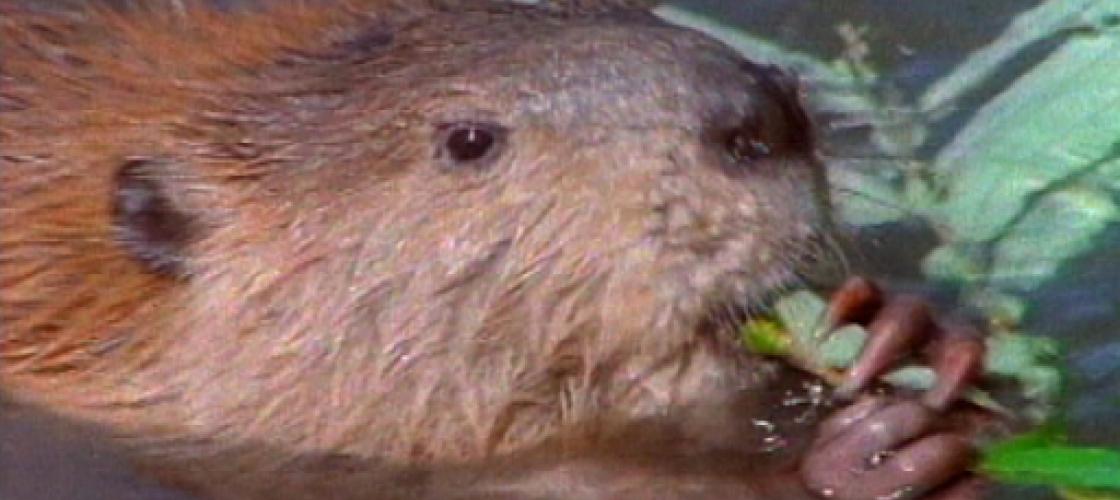
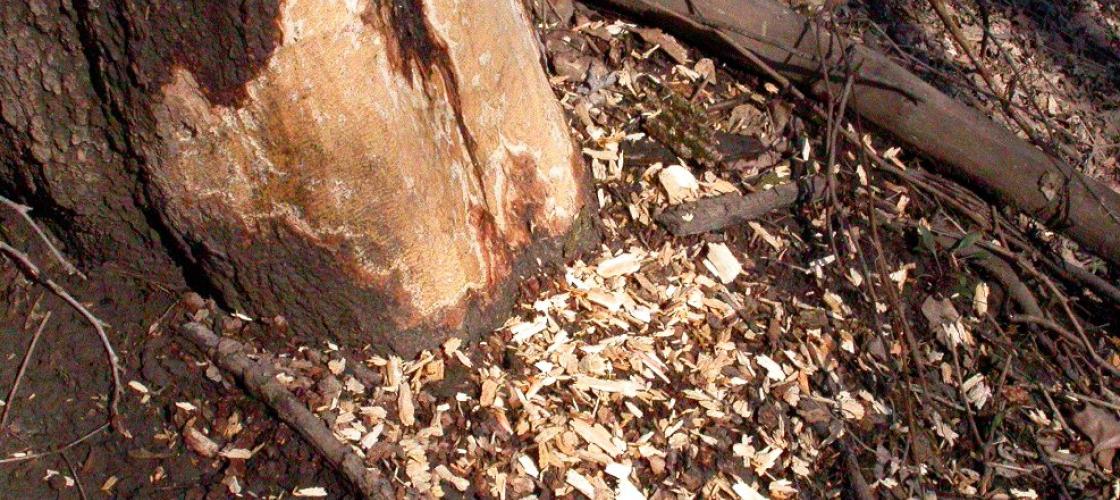
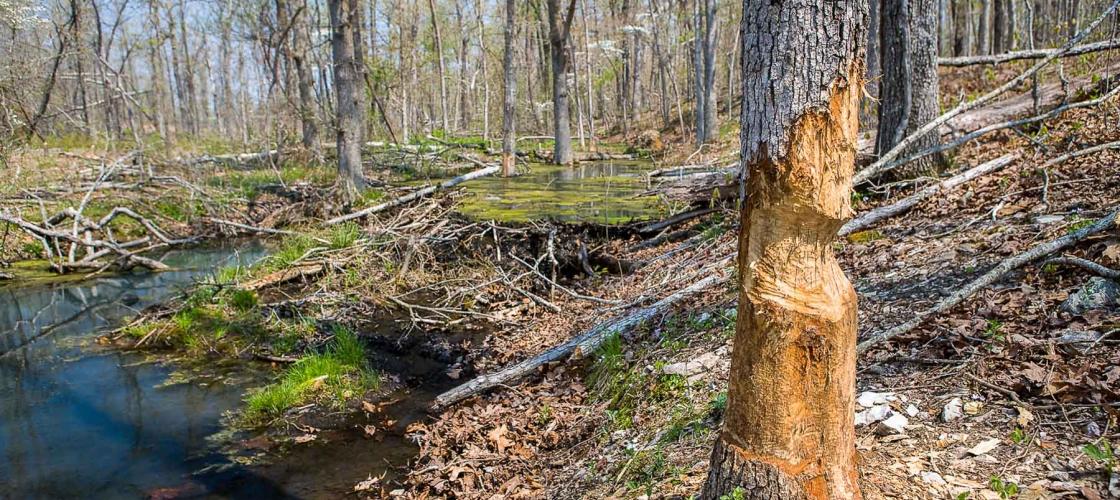
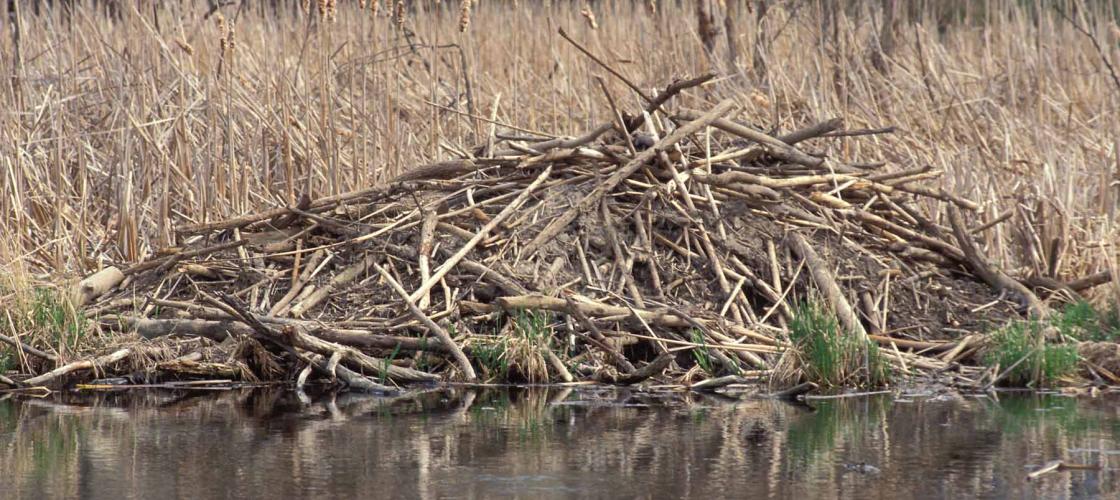
Recent Posts
























